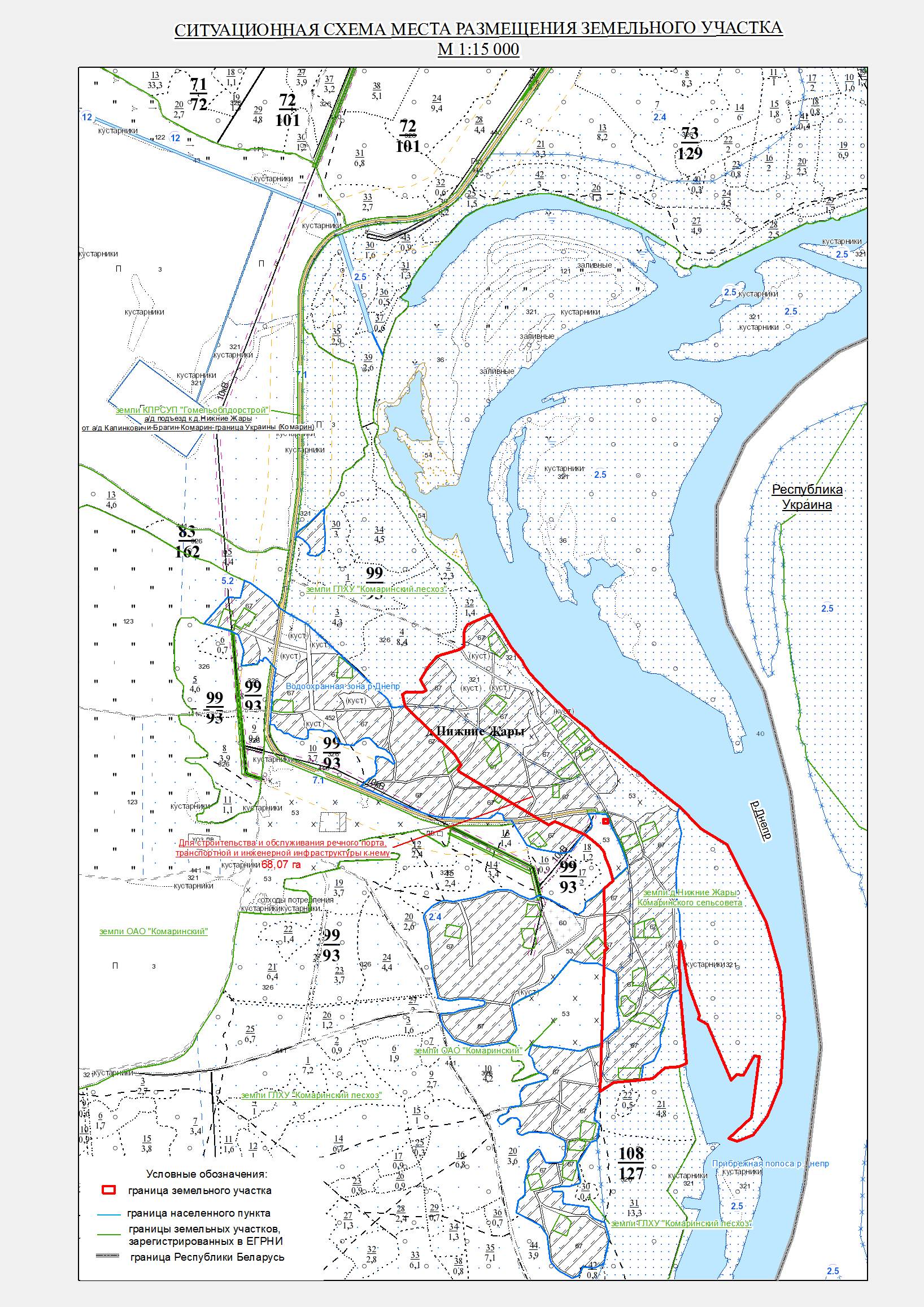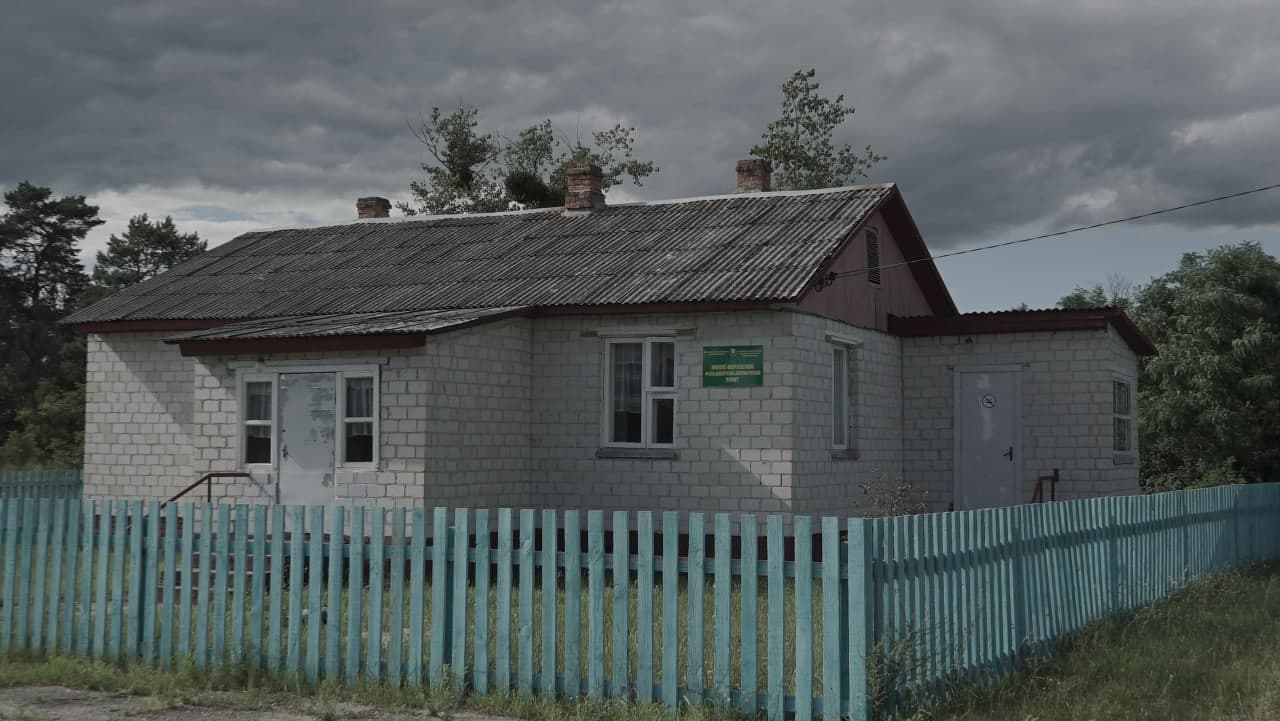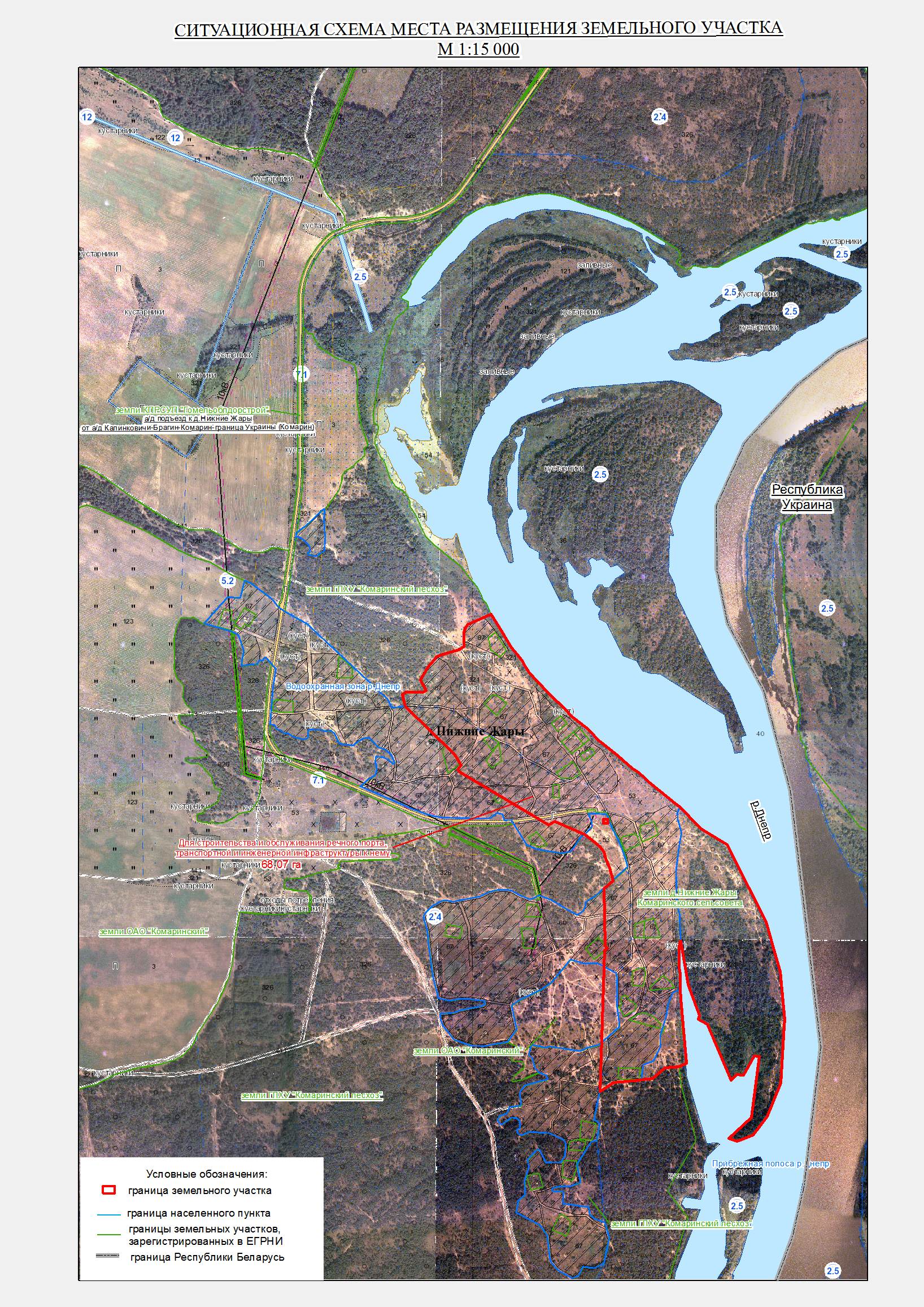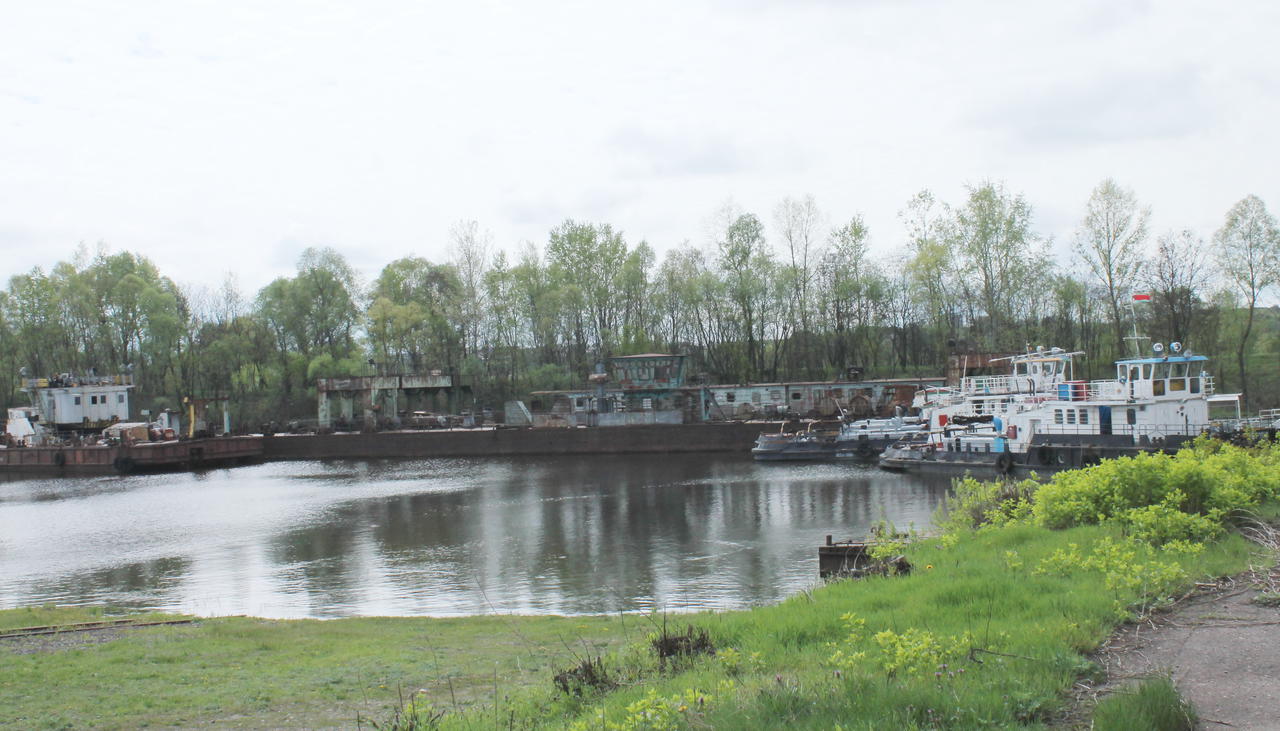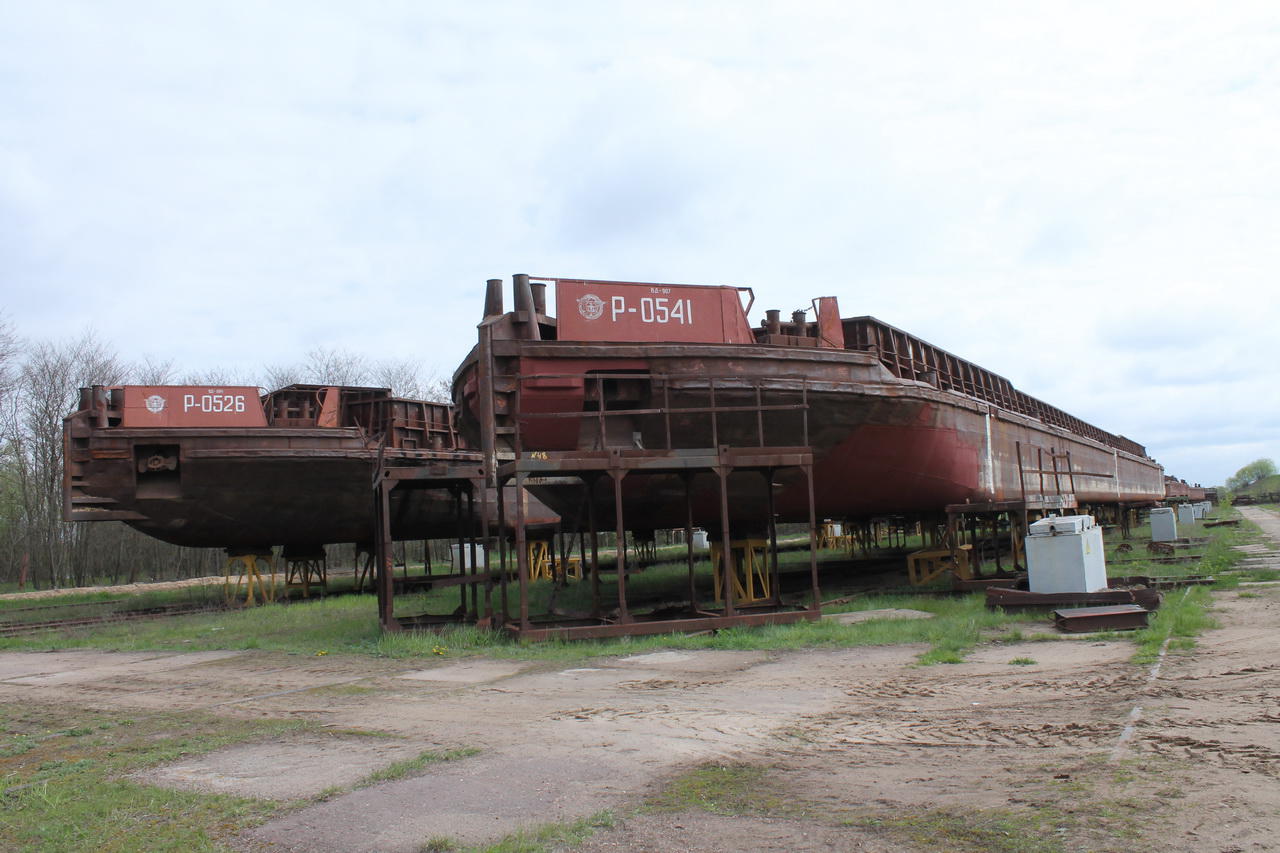Belarus' plans to become maritime nation dealt a blow
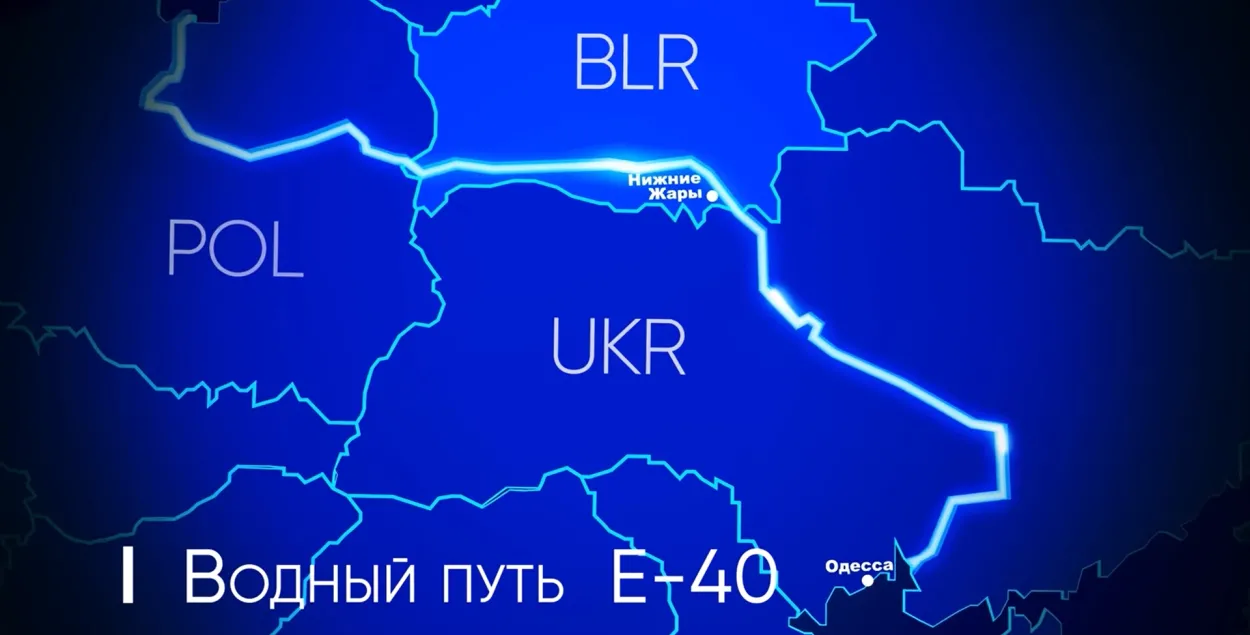
There will be no river transport port in Nizhniya Zhary.
The project of a port in Nizhniya Zhary, a giant logistics hub to be located on the bank of the Dnieper River on the border with Ukraine, once caused quite a stir. But there was a need to preserve the local ecosystem and develop river transpor at the same time. Moreoever, the project lacked necessary infrastructure. Environmentalists and local residents sounded the alarm. Business associations were perplexed: river transport in Belarus is highly unprofitable and exists only thanks to state subsidies. Why bother?
Initially, the project was a part of an even more ambitious plan -- the restoration of the E40 waterway, which was to connect the Baltic Sea from the Polish side and the Black Sea from the Ukrainian side via Belarus. This would have required billions of euros. With no investors in sight, the project soon stalled. The political climate has changed a lot since then.
In 2018, the Belarusian authorities realized that they would not get money from the EU to implement the E40 grand project in Belarus and announced the creation of a river port and logistics hub at the site of the small farmstead of Nizhniya Zhary in the Homel region on the border with Ukraine. Initially, it was said that Derin Shipping & Trading Co. of Turkey would invest in the project. But later it turned out that it was just a short-lived offshore from Panama.
However, three years after the high-profile statements, the implementation of the port project did not even start. Last year, Euroradio went to Nizhniya Zhary to ask local residents about plans to build a port where their homes were.
A year later, the locals told Euroradio that all talks about the river port on the bank of the Dnieper had stopped. The local authorities were silent.
Panama offshore company
The initial investor of the river port was Derin Shipping & Trading Co. Upon inspection, it turned out to be a regular Panamanian offshore, which suspended its operations in 2019. Just a year after the high-profile investment claims.
Twelve months after the statements, the only thing created was a legal entity, Belport Nizhniya Zhary LLC, which had rooms vacated for it in the building of an empty medical center in Nizhniya Zhary.
Locals have never seen any employees of the company. There is nothing inside, no furniture. It's empty. Basically, the building looks abandoned.
The company is currently owned by two legal entities: the Turkish Belport Nizhniya Zhary Liman Işletmeğiligi Ticaret Limited Şirketi with a 40% stake, and the Belarusian Beltopenergo with 60%.
Gürsel Şentürk serves as director. Thanks to Schmidt & Schmidt, Euroradio received documents confirming that Szenturk Gürsel owns 100 percent of the Turkish company Belport Nizhniya Zhary Liman Işletmeğiligi Ticaret Limited Şirketi.
Who is Gürsel Şentürk? He is Turkish. He was born in 1975 in the Bulgarian city of Haskovo but later moved to the Turkish city of Antalya. He studied at the Belarusian State Economic University. He owns the construction company "Otelstroy," which took part in a failed project to build a hotel complex in Minsk at the intersection of Valadarskaha street and that of Haradski Val.
Beltopenergo used to be part of the state holding Belresursy, but later they were separated. Now it is connected with businessman Vasil Varfalameyeu, one of the oldest oil traders in the Belarusian market. He deals with oil distillates, motor oils, and metal products. Until recently, they had their own laboratory for petroleum products with all the necessary certifications.
In 2019, when the investment agreement with Beltopenergo was just signed, the funding for the first stage of the port construction alone amounted to about 20 million dollars.
But it emerged that Beltopenergo had previously been involved in river shipping.
End of river shipbuilding
After the collapse of the USSR, the shipbuilding and river shipping industry were left with virtually no customers and no resources. At that time, there were four shipbuilding and ship repair plants in Belarus: in Homel, Petrykau, Pinsk, and Rechytsa.
Back in the Soviet times, the Homel plant used to produce the famous Palesie hydrofoil passenger motor ships, while the Rechitsa plant built non-self-propelled riverboats and barges.
In 2009, Alyaksandr Lukashenka issued a decree authorizing Beltopenergo to buy two of Belarus' four shipbuilding and ship-repair plants in Homel, and Rechitsa. It was an attempt to shake up the dead shipping industry with the help of private capital.
When he bought the plants, Varfalameyeu had a condition set by the state. He had to pay off all the budget debts of his new assets, keep the production going and invest in re-equipment and modernization of the facility. The result was somewhat predictable. Beltopenergo failed to do any of this and later decided to give up the plants.
As a result, the fate of these enterprises and the whole industry turned out to be sad. The Rechitsa Shipbuilding and Ship Repair Plant was liquidated in 2010, and all remaining property was attached to the Port of Rechitsa. The Homel plant went bankrupt and was liquidated in 2012. The property was transferred to the Homel port.
Two other shipbuilding and ship-repair plants had a similarly sad fate. The Petrykau plant was transformed into a repair and maintenance section of the enterprise "Nizhne-Prypyatskoye". And the plant in Pinsk, the oldest of them, went bankrupt in 2018 and is now undergoing reorganization.
Environmental Factor
The construction plans became a worry for Belarusian environmentalists. There is a "Dnieper river floodplain" near the place where the projected port was to be built. It is on the list of the so-called "Ramsar" territories of international importance in Belarus. According to the law "On state Ecological Expertise and Environmental Impact Assessment," any economic activity within the borders of "Ramsar" territories and 2 km from them has to be officially safe for the environment.
At the same time, according to the Ministry of Finance, 9.6 million was allocated from the budget for the "development" of inland waterway transport in 2020. For comparison, 9.1 million were allocated for the railroad transport, and 9.8 million for the road transport.
But the difference in the volume of transported cargo in 2020 compared with the railway transport is 46 times, and 59 times, if compared with the road transport. Despite their small transportation volumes, they receive the same level or more subsidies as the top transport sectors.
Based on this, we can assume that the industry is deeply unprofitable and exists only thanks to significant budgetary infusions.
